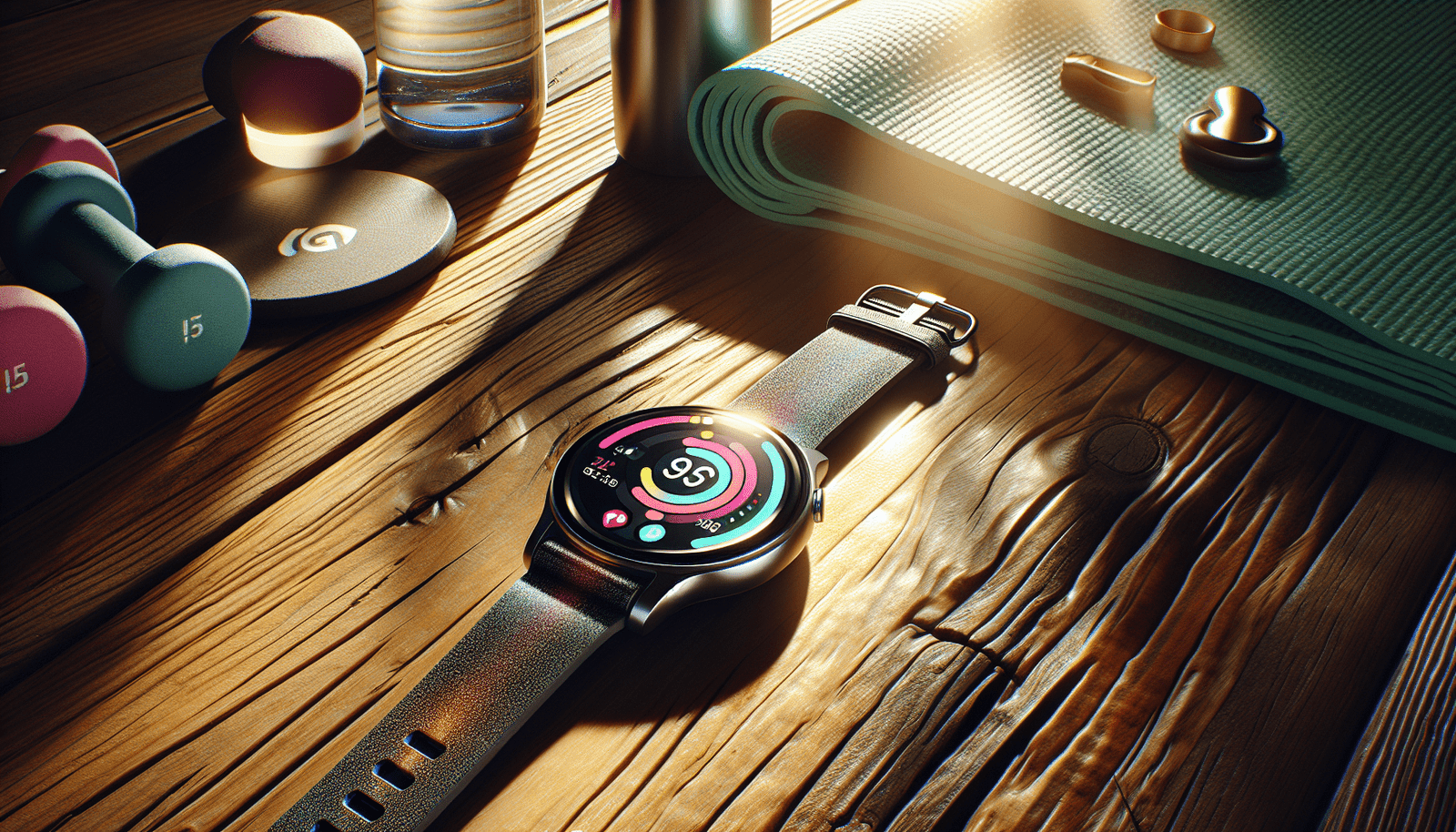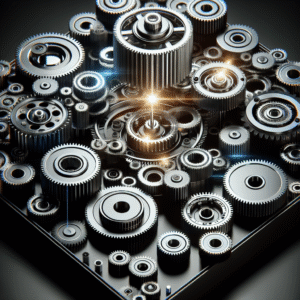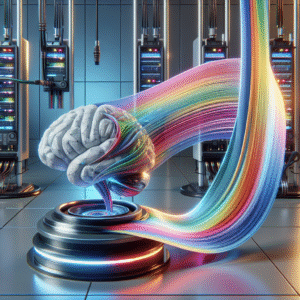What if I told you that the devices we wear on our wrists or tucked into our pockets are changing the way we live our lives? Wearable technology has become an integral part of our daily routines, making our lives more connected and efficient. Let’s take a closer look at the rise of wearable tech in modern society and how it’s impacting us all.
What is Wearable Technology?
Wearable technology refers to electronic devices that are worn on the body. These devices are designed to track various metrics, enhance communication, and provide conveniences that were once the stuff of science fiction. From smartwatches and fitness trackers to smart clothing, the market has been rapidly evolving, and so has my interest in these gadgets.
The Evolution of Wearable Tech
I find it fascinating to think about how wearable tech has transformed over the years. Early wearable devices were rudimentary at best. For example, the original pedometers were simple steps-counting devices that didn’t do much beyond their main function. Contrast that with today’s sophisticated smartwatches, which can track heart rates, send texts, manage calls, and even monitor my sleep patterns!
The evolution can be broken down into several key stages:
-
Early Development: The first steps in wearable tech began with simple devices like heart rate monitors in the 1980s. These were primarily used in sports and fitness.
-
Introduction of Smartwatches: By the late 2000s and early 2010s, companies began to launch smartwatches. I remember seeing my first smartwatch and being amazed at its capabilities, such as showing notifications from my phone without having to pull it out.
-
Fitness Trackers: Devices like the Fitbit gained popularity, appealing to health-conscious consumers looking to track workouts and overall wellness.
-
Integration with IoT: Today, many wearables are part of the Internet of Things (IoT), allowing them to communicate with other connected devices and provide a seamless user experience.
Popular Types of Wearable Tech
As I explore the wearable tech landscape, I find various types that stand out for their functions and capabilities. Here are some of the most prevalent categories:
Smartwatches
Smartwatches have become a staple in wearable technology. I love how they combine style and utility, offering features like fitness tracking, message notifications, and even mobile payments right from my wrist. Some popular models include:
| Brand | Features | Price Range |
|---|---|---|
| Apple | Health monitoring, GPS, music | $199 – $749 |
| Samsung | Health tracking, notifications | $249 – $849 |
| Garmin | Fitness-focused, GPS tracking | $199 – $899 |
Fitness Trackers
Fitness trackers are a more straightforward approach to monitoring health, often focusing on specific metrics like steps, calories burned, and sleep quality. I appreciate using one to keep tabs on my fitness goals. Devices like Fitbit and Garmin are popular choices among fitness enthusiasts.
| Brand | Key Features | Battery Life |
|---|---|---|
| Fitbit | Heart rate, sleep monitoring | 5 – 7 days |
| Garmin | GPS, pulse ox sensor | 5 – 14 days |
| Xiaomi | Affordable, step counter | 20 days |
Smart Glasses
I’m also intrigued by smart glasses, which combine augmented reality with eye-wearable tech. Whether it’s Google Glass or Facebook’s Ray-Ban Stories, these devices provide a glimpse into the future of interaction, allowing notifications and even directions to appear right in my line of sight.
Smart Clothing
Smart clothing is another exciting development. I can’t help but think about how shirts and shorts that track body temperature, heart rate, and other metrics could revolutionize sports and daily life. Companies are working to integrate sensors into fabrics, making tracking health metrics even more seamless.
The Impact of Wearable Tech on Health and Fitness
Wearable technology has significantly transformed how I approach health and fitness. With instant access to various metrics, it has made me more accountable for my choices.
Motivating a Healthier Lifestyle
One of the most promising aspects of wearable technology is its ability to motivate users to adopt healthier lifestyles. I’ve found that seeing real-time data can motivate me to move more, exercise regularly, and get better sleep. Features like reminders to stand up or notifications for sitting too long have encouraged me to stay active during my workday.
The Importance of Data
The data collected by these devices can help me set personal benchmarks and goals. I often find myself engaged in friendly competitions with friends who also use fitness trackers. This collective accountability makes it more fun and enjoyable!
Monitoring Chronic Conditions
Another fantastic aspect of wearables is their potential to monitor chronic health conditions. For example, devices that track heart rates can alert users to irregularities, potentially saving lives. I learned that some wearables can even manage diabetes by providing blood sugar readings right from my wrist. This technology’s convenience is impressive!
Integration with Healthcare Providers
The integration of wearable tech with healthcare is an exciting frontier. Medical professionals can now receive data from patients in real-time, allowing for more informed decisions. With wearable tech, I believe we could see a shift towards proactive healthcare rather than reactive treatments.
The Relationship Between Wearable Tech and Daily Life
Wearable technology has a profound impact on various facets of our daily lives, and I have experienced firsthand how it helps keep me organized and in touch with both my personal and professional routines.
Enhanced Communication
With wearables like smartwatches, the need to constantly check my phone has diminished. I receive call alerts, messages, and calendar notifications straight to my wrist. It’s an incredible convenience, especially when my hands are busy. It has made communication much more accessible for me.
Navigating Daily Routines
I appreciate how wearables help streamline my daily activities. For instance, some devices offer GPS navigation, which has made it easy for me to find my way without fiddling with a phone. This is especially helpful when I’m out for a run or cycling.
Entertainment on the Go
Having entertainment options right on my wrist is a fantastic perk of wearable tech! Whether I’m listening to music during a workout or catching up on audiobooks, I love that these devices can control playback without dealing with my phone.
Data Privacy and Security Concerns
Despite all the advantages, I can’t ignore the possible downsides of wearable technology, particularly regarding data privacy and security. All the health and location data collected by these devices could potentially be misused if not handled properly.
Potential Risks
As I think about data privacy, I’ve realized that wearables can reveal a lot of personal information. From my heart rate to my exact location, the data collected could be at risk of hacking or mishandling. Understanding how my data is used and stored has become a priority for me.
Mitigating Security Risks
It’s essential for me to take steps to minimize risks when using wearable technology. Ensuring I’m using devices from reputable brands and regularly updating my software can go a long way. Additionally, familiarizing myself with the privacy policies of these devices helps me make informed choices.
The Future of Wearable Technology
The possibilities for wearable tech are virtually limitless, and I can’t help but feel excited about what the future may hold. Advances in technology are likely to lead to even more innovative applications.
Evolution of Smart Health Monitoring
I envision a future where wearable devices will continually evolve to offer even better health monitoring capabilities. Imagine a device that not only tracks your steps but also analyzes your sweat to provide insights into hydration levels and nutritional needs. The blend of AI and wearables could truly revolutionize how we approach health.
Integration with AI and Machine Learning
The integration of AI and machine learning into wearable technology could create personalized user experiences. I can imagine a watch that learns my habits and preferences, offering smart suggestions to enhance my daily life. For instance, it could recommend workouts based on my fitness progress or prompt me to meditate during high-stress periods.
Expansion into Various Industries
Wearable technology will likely expand into various industries beyond health and fitness. Imagine smart helmets for construction workers providing real-time data about safety conditions, or wearables in the sports industry that offer insights into athlete performance. The applications are exciting!
Conclusion
With its rapid advancements, wearable technology has established itself as a prominent feature in modern society, affecting various aspects of our lives. I find it comforting that wearable tech provides so much convenience, data, and motivation, while also being aware of the potential risks involved.
In reflecting on my own experiences, I realize that I embrace wearable technology for its ability to enhance my lifestyle while also acknowledging the importance of maintaining my privacy and security. Moving forward, I anticipate watching this exciting field continue to develop, creating new opportunities to improve our everyday lives. Here’s to embracing technology while living life to the fullest!






